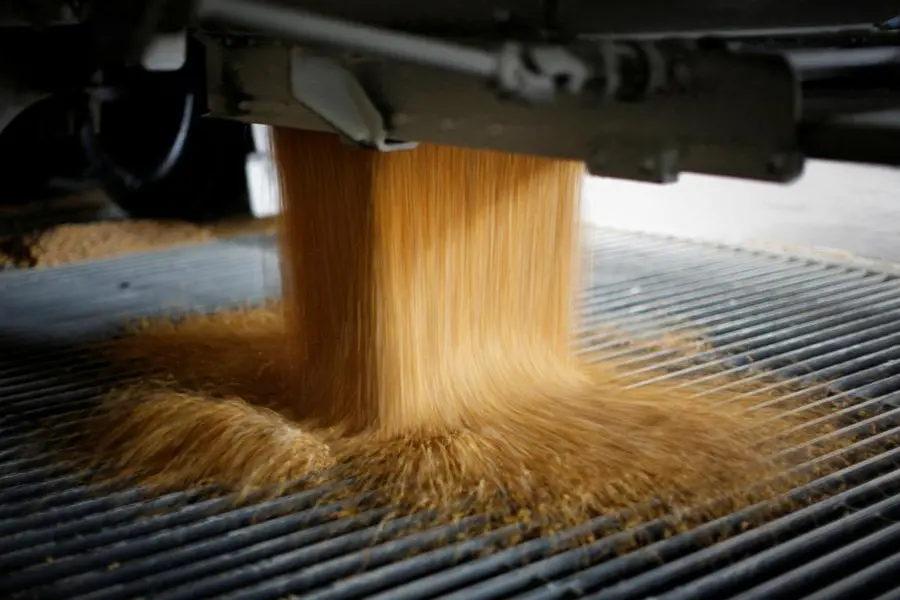PHOTO
(The opinions expressed here are those of the author, a market analyst for Reuters.)
NAPERVILLE, Illinois - Conditions in the U.S. Crop Watch corn fields have been below average so far this season, and while last week’s warmth perked up some fields in the western Corn Belt, the eastern fields will face scorching temperatures this week.
Crop health remains perfect in Indiana and Ohio but plunged this week in southeastern Illinois after a second week with no rain. Conditions in all three locations could decline next week as the heat will be accompanied by little or no rain.
Producers in other locations such as Iowa and western Illinois are less worried about the heat as it will promote crop development if it is accompanied by rain, which is in the forecast for most of the western Belt.
Upcoming rainfall totals could exceed 4 inches in some western areas, which is unfavorable for the remaining planting efforts and in some cases, re-planting efforts. This is especially the case in North Dakota where corn development is behind, and the normal-to-cool temperatures expected this week will not help much.
Crop Watch producers assign weekly condition scores to corn and soybean fields using a scale of 1 to 5, similar to the U.S. Department of Agriculture’s system where 1 is very poor, 3 average and 5 excellent.
However, the Crop Watch condition scores, unlike USDA’s, are more of a visual assessment and do not incorporate yield assumptions. Yield ratings will come later in the season.
The 11-field, unweighted average corn condition rose to 3.68 from 3.66 in the prior week as a large improvement in Minnesota and smaller bumps in South Dakota and Nebraska offset declines in North Dakota and southeastern Illinois, the latter of which had a 0.75-point cut.
With the introduction of North Dakota at a 3, the 11-field, average soybean condition drops to 3.91 from 4.1 in the prior week. South Dakota conditions edged slightly upward, but beans in Nebraska and western Iowa suffered minor trims and the southeastern Illinois field also dropped by 0.75 point.
USDA as of June 9 rated 74% of U.S. corn in good-to-excellent (GE) condition, down from 75% in the previous week. In the last four years, corn conditions declined by at least 2 percentage points between weeks 23 and 24, the latter of which falls on June 16 this year.
U.S. soybean conditions also declined between weeks 23 and 24 in the last three years. Soybeans were 72% GE as of June 9, and both corn and soybean conditions were above recent averages for week 23.
The highest week 24 conditions of the past five years were in 2020 with corn at 71% GE and soybeans at 72%.
Crop Watch follows 11 corn and 11 soybean fields across nine U.S. states, including two each in Iowa and Illinois, and this is the seventh year of the project.
The following are the states and counties of the 2024 Crop Watch corn and soybean fields: Kingsbury, South Dakota; Freeborn, Minnesota; Burt, Nebraska; Rice, Kansas; Audubon, Iowa; Cedar, Iowa; Warren, Illinois; Crawford, Illinois; Tippecanoe, Indiana; Fairfield, Ohio. The North Dakota soybeans are in Griggs County and the corn is in Stutsman County. Karen Braun is a market analyst for Reuters. Views expressed above are her own.
(Writing by Karen Braun; Editing by David Gregorio)





















